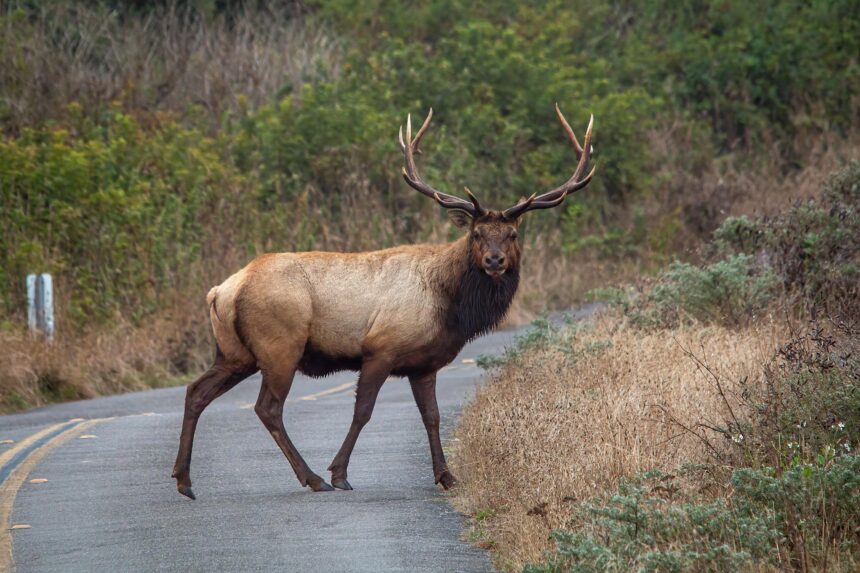Siliguri, West Bengal — In a significant stride towards environmental and wildlife conservation, Siliguri has successfully implemented wildlife corridors that have dramatically reduced human-animal conflicts in the Terai region. This initiative, spearheaded by the West Bengal Forest Department in collaboration with several environmental NGOs, aims to provide safe passage for wildlife between fragmented habitats, curbing the increasing incidents of conflict along the densely populated areas of the Terai.
The corridors, which were completed in late 2024, connect the Mahananda Wildlife Sanctuary with the contiguous forests along the foothills of the Himalayas. Since their inauguration, there has been a 40% decrease in reported incidents of human-animal conflict in the adjacent areas, according to data released by the West Bengal Wildlife Conflict Management Bureau.
The project, budgeted at ₹80 crores, was funded through a mix of state allocations and international conservation grants. It includes the installation of non-invasive fencing and surveillance cameras to monitor wildlife movement without disrupting their natural pathways. These measures ensure that elephants, leopards, and other migratory species can traverse between habitats safely, thus decreasing the likelihood of wandering into human settlements.
The introduction of educational programs for local communities has also played a crucial role in the project’s success. “Our focus has been not only on creating physical structures but also on educating the local populace about the importance of biodiversity and how to coexist peacefully with our wildlife neighbors,” explained a senior officer from the West Bengal Forest Department.
These efforts have not only alleviated the danger to both humans and animals but have also fostered a more harmonious relationship between the two. Farmers in the region report fewer crop damages, and local schools have introduced wildlife conservation topics into their curricula, further embedding these values into the community.
Looking forward, the Forest Department plans to expand these corridors and introduce advanced tracking technologies to better predict animal movements and reduce potential conflicts. With continued support and adaptive management, Siliguri’s model could serve as a blueprint for other regions facing similar challenges.


Leave a Reply